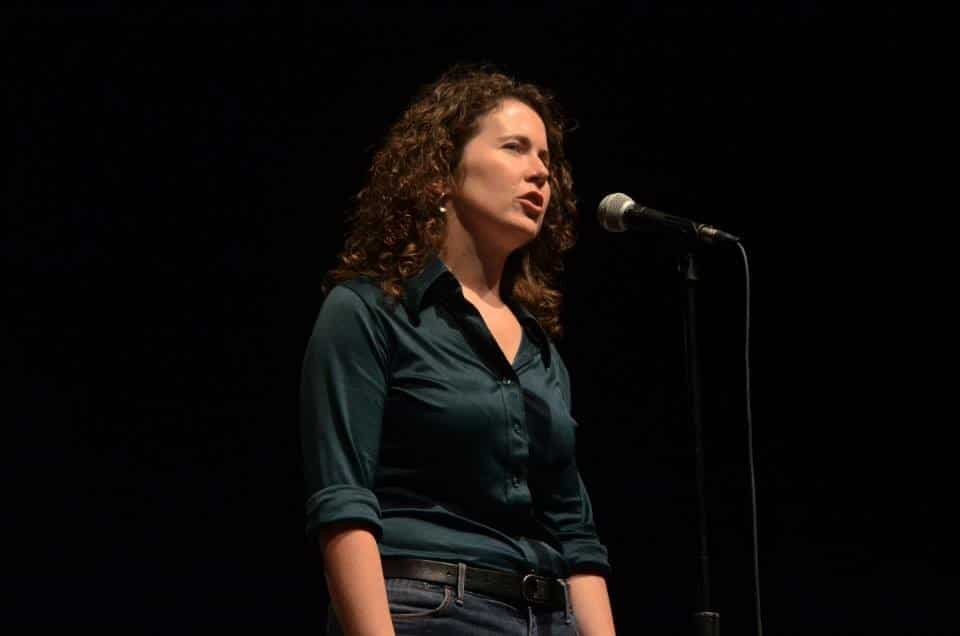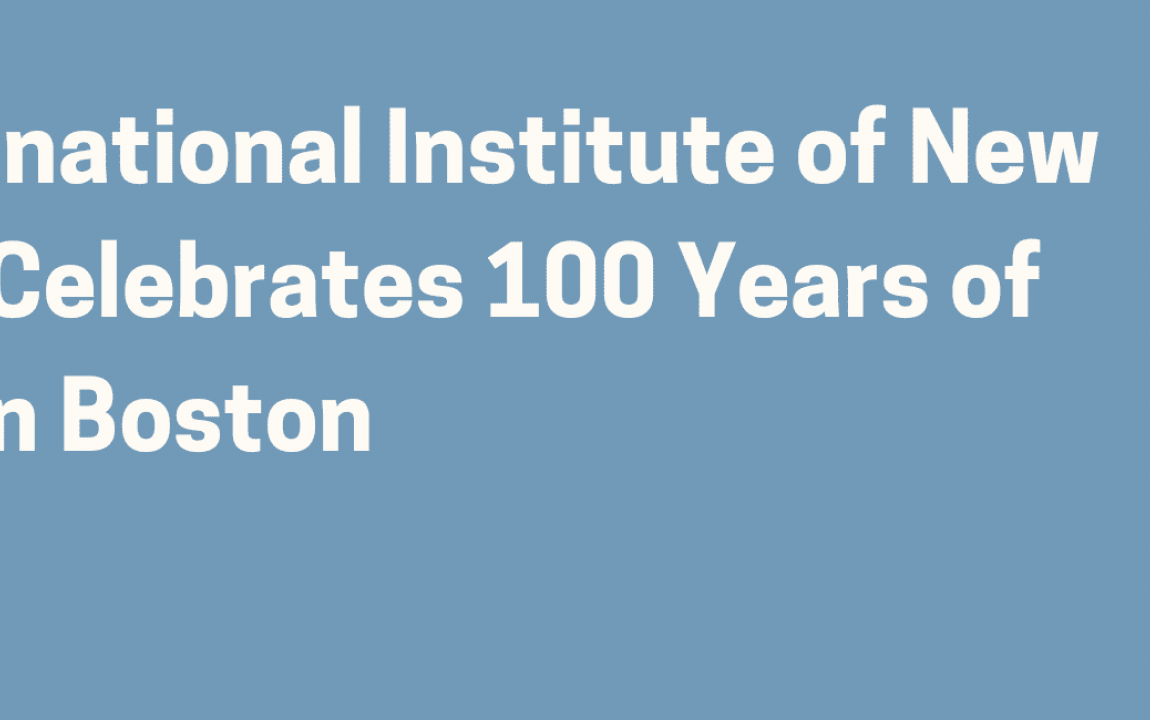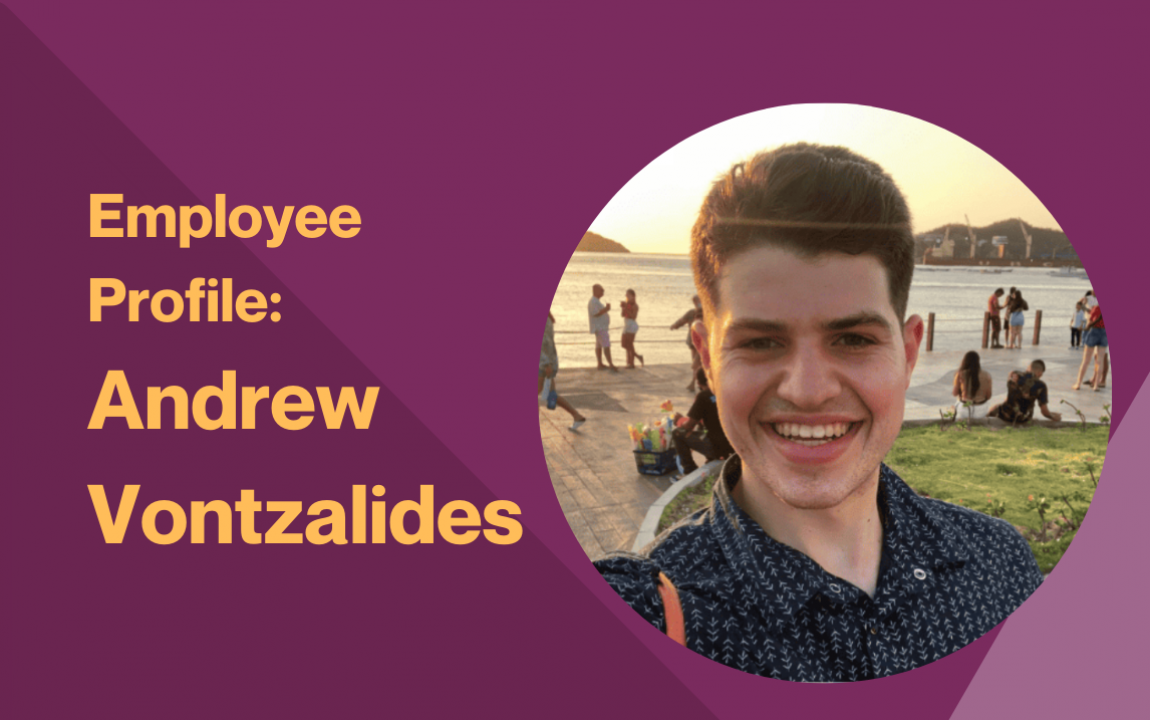Everyone Has A Suitcase Story
[fusion_builder_container hundred_percent=”no” hundred_percent_height=”no” hundred_percent_height_scroll=”no” hundred_percent_height_center_content=”yes” equal_height_columns=”no” menu_anchor=”” hide_on_mobile=”small-visibility,medium-visibility,large-visibility” status=”published” publish_date=”” class=”” id=”” link_color=”” link_hover_color=”” border_size=”” border_color=”” border_style=”solid” margin_top=”” margin_bottom=”” padding_top=”3%” padding_right=”” padding_bottom=”2%” padding_left=”” gradient_start_color=”” gradient_end_color=”” gradient_start_position=”0″ gradient_end_position=”100″ gradient_type=”linear” radial_direction=”center center” linear_angle=”180″ background_color=”” background_image=”” background_position=”center center” background_repeat=”no-repeat” fade=”no” background_parallax=”none” enable_mobile=”no” parallax_speed=”0.3″ background_blend_mode=”none” video_mp4=”” video_webm=”” video_ogv=”” video_url=”” video_aspect_ratio=”16:9″ video_loop=”yes” video_mute=”yes” video_preview_image=”” filter_hue=”0″ filter_saturation=”100″ filter_brightness=”100″ filter_contrast=”100″ filter_invert=”0″ filter_sepia=”0″ filter_opacity=”100″ filter_blur=”0″ filter_hue_hover=”0″ filter_saturation_hover=”100″ filter_brightness_hover=”100″ filter_contrast_hover=”100″ filter_invert_hover=”0″ filter_sepia_hover=”0″ filter_opacity_hover=”100″ filter_blur_hover=”0″][fusion_builder_row][fusion_builder_column type=”1_1″ layout=”1_1″ background_position=”left top” background_color=”” border_size=”” border_color=”” border_style=”solid” border_position=”all” spacing=”yes” background_image=”” background_repeat=”no-repeat” padding_top=”” padding_right=”” padding_bottom=”” padding_left=”” margin_top=”0px” margin_bottom=”0px” class=”” id=”” animation_type=”” animation_speed=”0.3″ animation_direction=”left” hide_on_mobile=”small-visibility,medium-visibility,large-visibility” center_content=”no” last=”no” min_height=”” hover_type=”none” link=””][fusion_text columns=”” column_min_width=”” column_spacing=”” s2id_autogen18=”” s2id_autogen18_search=”” rule_style=”default” rule_size=”” rule_color=”” hide_on_mobile=”small-visibility,medium-visibility,large-visibility” class=”” id=”” s2id_autogen19=”” s2id_autogen19_search=”” animation_type=”” animation_direction=”left” animation_speed=”0.3″ s2id_autogen20=”” s2id_autogen20_search=”” animation_offset=””]
 By Cheryl Hamilton, Suitcase Stories Director
By Cheryl Hamilton, Suitcase Stories Director
“I am not sure I have a story.”
This is often the response when I speak with someone about participating in Suitcase Stories®, a signature program of the International Institute of New England. Suitcase Stories is how we explore storytelling through the lens of migration. We believe that sharing stories of refugee and immigrant life and other migration and cross-cultural experiences introduces people to new perspectives and brings communities closer together.
Responding to this question has become a bit of a fun challenge for me as director. With a smile and a raised eyebrow, I tell people I am confident they have a story. I know this because after three years of inviting people to participate in Suitcase Stories, I have yet to meet someone who doesn’t have a story – regardless of their background. Even middle school students have identified suitcase stories from their lives – and they have not even reached their teenage years!
All of us have a migration story. Whether we have moved to a new country or even a new neighborhood, we have experienced that feeling of “outsider,” or “stranger.” Some people who participate in Suitcase Stories are immigrants, while others are a relative, friend or colleague of someone born in another country or from a different culture. Some people enjoy telling about trips that challenged their stereotypes while others share about passing down cultural traditions through generations. What ties all the stories together are universal themes such as courage, curiosity, fear, hope, family, and love.
Although helping a person identify a good suitcase story is not as difficult as people imagine, there is another question I am routinely asked that always catches my breath for a moment.
“Are you sure people are going to care about my story?”
I believe – and my experience with Suitcase Stories bears this out – I believe that most everyone sees the value in another person’s story. I have seen it in the surge of storytelling opportunities worldwide, as people seek meaningful connections outside of social media. Locally, we have seen an uptick in the popularity of storytelling events.
But what never fails to surprise me is that the people who question the value in their stories are more often refugees or people with significantly profound Suitcase Stories. These are people who have survived genocides, parents who adopted children from other countries, or youth with stories about being bullied because of their faith or race.
People don’t just present this question when we first meet. Sometimes they pose it minutes before walking on stage. A storyteller from Syria was especially skeptical before her performance. While she is an especially humble person, I also know that the lack of urgency and media attention around the protracted war in her home country justifiably contributed to her fear. But that global apathy is what makes her personal story so very important.
In her case, as with others, I reminded her that all our stories are valuable. I also delivered a familiar pep talk where I reinforce how storytelling is not basketball. No one is routing for a different team. People come to a Suitcase Stories performances or community workshops because they want to listen and learn. People want to better understand the experiences of their neighbors, and especially from voices we do not hear often enough in society.
So, I ask you: What is your suitcase story? And with whom will you share it?
As IINE’s Suitcase Stories expands to an online platform, we invite you to become a Suitcase Stories Circle member. Get started on crafting your own story by using our “Suitcase Stories Circle” resources – available to members only! More information online here.
[/fusion_text][/fusion_builder_column][/fusion_builder_row][/fusion_builder_container]
Related Articles

Employee Profile: Meet Jessica Gutierrez, Immigrant Family Support Coordinator

The International Institute of New England Celebrates 100 Years of Service in Boston
